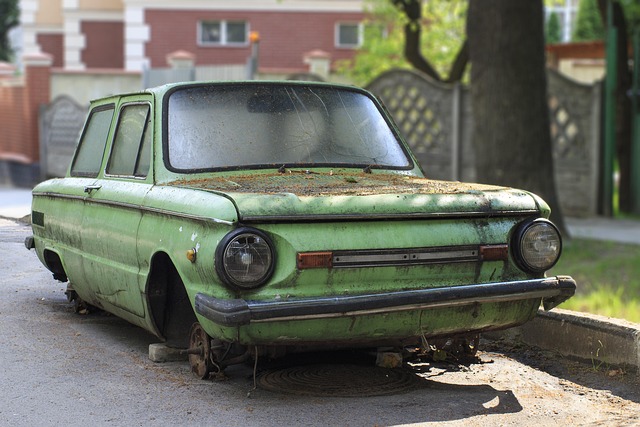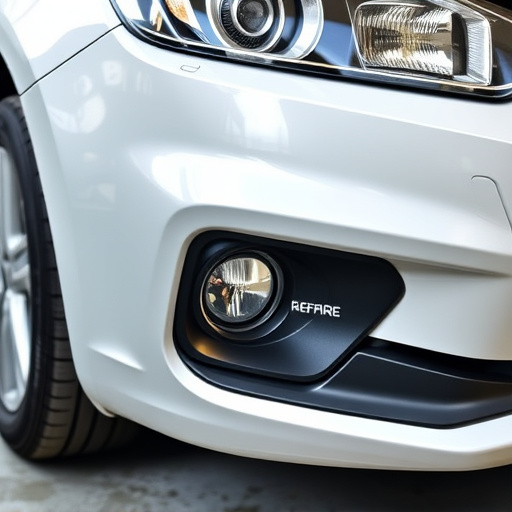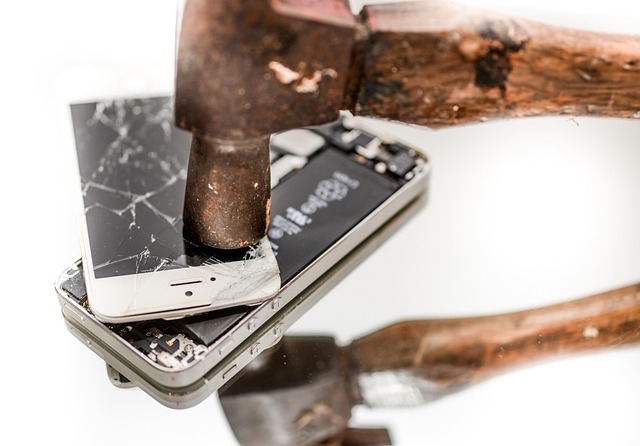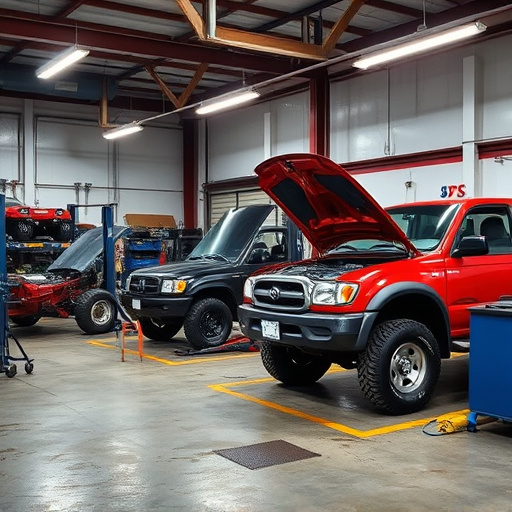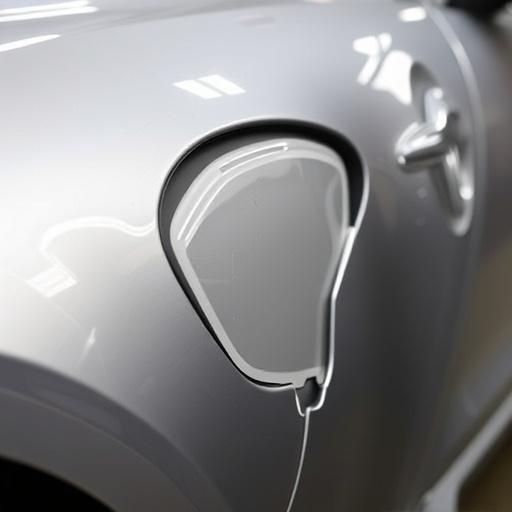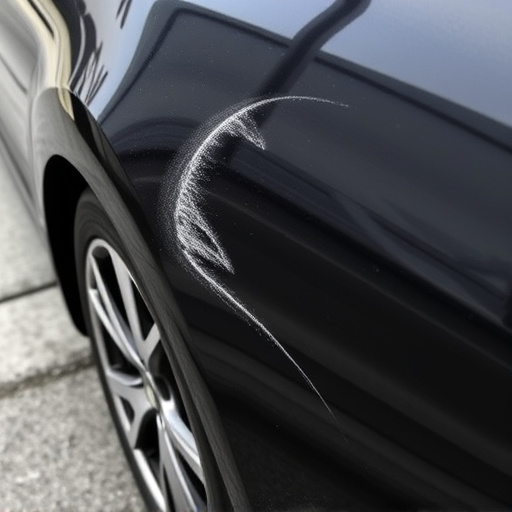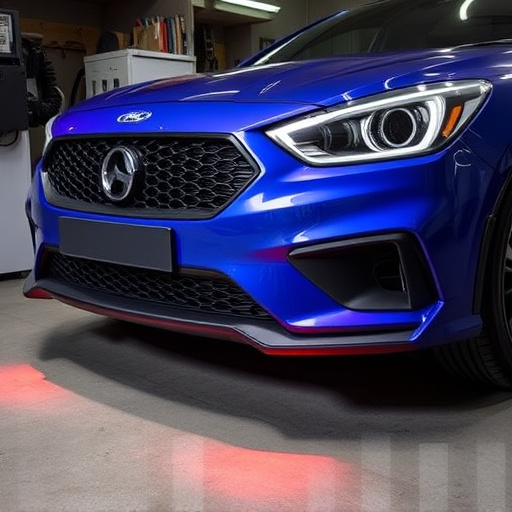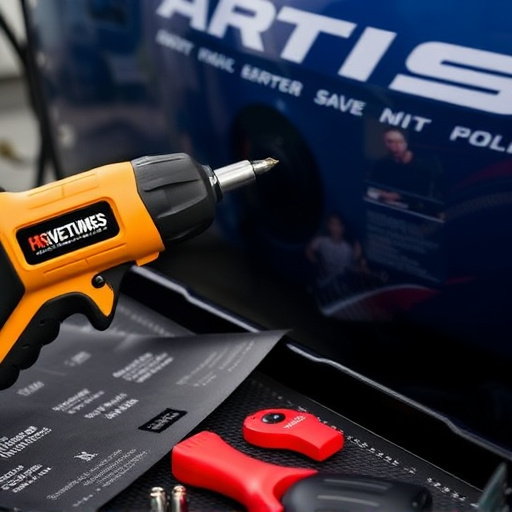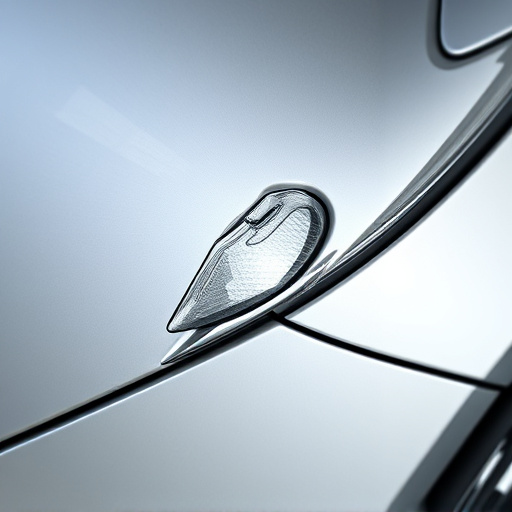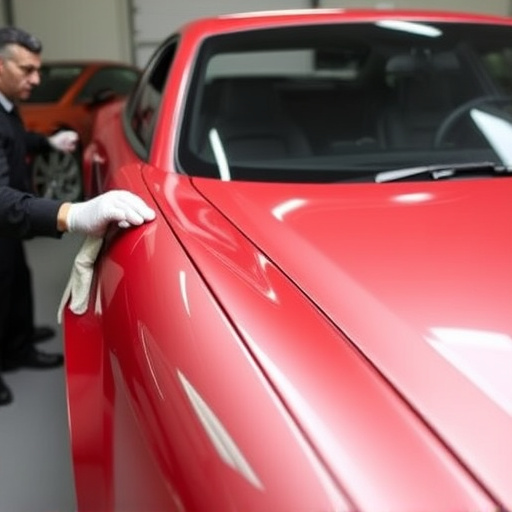Tesla recommends tailored maintenance, including regular Tesla repair scanning every 3-5k miles or 6 months, to ensure optimal EV performance and longevity. Scans identify software glitches and hardware issues early, with frequency influenced by age, driving habits, environmental conditions, and modifications. Physical inspections are crucial alongside remote monitoring for accurate issue detection and tailored repair schedules.
Tesla owners often wonder about the optimal schedule for Tesla repair scanning. This essential process keeps your electric vehicle running smoothly and safely. Understanding Tesla’s recommended maintenance intervals is key, but various factors can influence how frequently you need a scan. From battery health to software updates, this article breaks down when to schedule Tesla repair scanning, offering insights to optimize your vehicle’s performance and longevity.
- Understanding Tesla's Recommended Maintenance Schedule
- Factors Influencing Repair Scanning Frequency
- Optimizing Performance: When to Schedule Service
Understanding Tesla's Recommended Maintenance Schedule

Tesla, like many modern automakers, recommends a specific maintenance schedule for their vehicles. This schedule is designed to ensure optimal performance and longevity of your electric vehicle (EV). One crucial aspect of this routine is regular Tesla repair scanning. These scans are essential for detecting any potential issues early on, from software glitches to hardware problems, which can help avoid costly repairs later down the line.
The frequency of these scans varies based on factors like mileage and driving conditions. As a general guideline, Tesla suggests performing a comprehensive vehicle diagnostic scan every 3,000 to 5,000 miles or at least once every six months. This proactive approach to maintenance not only keeps your EV running smoothly but also ensures that any issues related to components like car paint services (for minor repairs), vehicle dent repair, or car dent removal are addressed promptly, contributing to a safer and more enjoyable driving experience.
Factors Influencing Repair Scanning Frequency
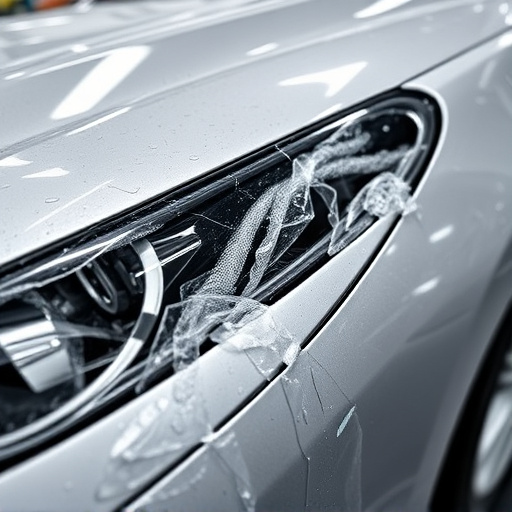
Several factors play a significant role in determining how often Tesla owners should schedule repair scanning for their vehicles. One key factor is the age of the vehicle; as cars age, they naturally accumulate more wear and tear, which may require more frequent scanning to identify potential issues early on. Regular driving habits also come into play; vehicles that see heavy daily use or are involved in frequent auto collisions may need more regular maintenance compared to those driven sparingly.
Additionally, the accessibility of Tesla’s over-the-air updates and diagnostic tools can impact scanning frequency. While these technologies enable owners to monitor certain aspects remotely, they don’t replace physical inspections by a qualified auto body shop or auto collision center. Environmental conditions, such as exposure to extreme weather or rough terrain, can also accelerate the need for more frequent repairs and scanning. Lastly, individual driving styles and vehicle modification choices should be considered; aggressive driving or aftermarket modifications can lead to unique wear patterns that require tailored scanning schedules.
Optimizing Performance: When to Schedule Service
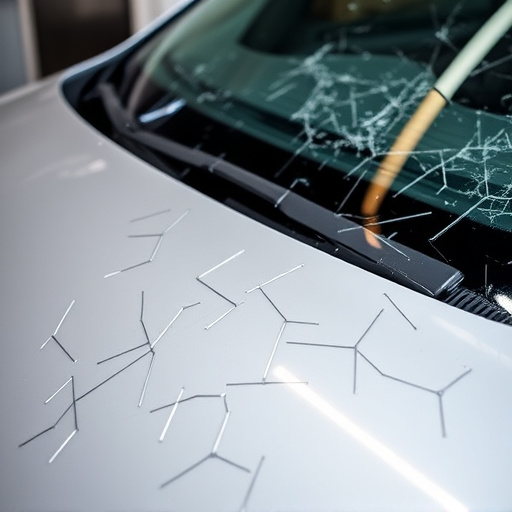
Maintaining your Tesla’s optimal performance is a key aspect of ownership, and regular Tesla repair scanning plays a vital role in achieving this. While many owners might assume that scheduling service solely depends on mileage, there are other factors at play. The frequency of Tesla repair scanning should be based on a combination of driving habits, environmental conditions, and the vehicle’s overall health.
For instance, if your Tesla is primarily used for short daily commutes or frequent city driving, where stop-and-go traffic prevails, regular scans may reveal potential issues more promptly. Conversely, vehicles undergoing frequent long-distance trips or navigating challenging terrains might require more extensive maintenance intervals between scans. Additionally, post-collision repair or paintless dent repair at a reputable car body shop can impact the vehicle’s performance and sensor accuracy, necessitating an earlier rescan to ensure optimal functionality.
Regular Tesla repair scanning is crucial for maintaining optimal vehicle performance. While the manufacturer recommends periodic checks, several factors can influence the frequency, such as driving habits and environmental conditions. To ensure your Tesla stays in top shape, it’s advisable to schedule service based on mileage and observed changes in performance. By staying proactive with these scans, you can identify potential issues early, enhancing safety and minimizing costly repairs.

